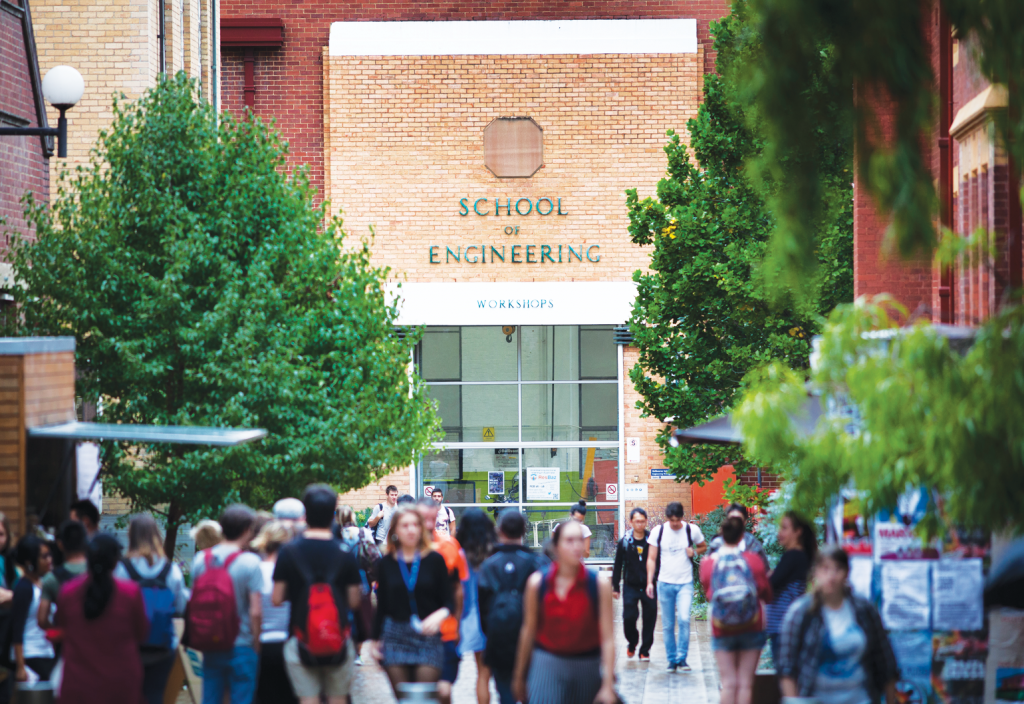Positioning engineering as an attractive career choice for today’s high school and university students means highlighting the purpose behind the projects — according to the current generation of young professionals.
This was a key message to come out of the Young Leaders Roundtable hosted by Engineers Australia CEO Dr Bronwyn Evans last week.
Speaking to a (virtual) room of early- and mid-career engineers, Evans asked the group: “As a profession, what are we not thinking about?”
The consensus was that there is a need to educate the community about the various careers available to engineers, which go beyond the traditional technical streams.
“There’s a perception that engineering is all about numbers and technical analysis, and while that’s true in some jobs, there are a lot of other pathways achievable through engineering, especially in leadership and management,” said Jake Bradbury, Graduate Engineer at Airbus.
“We really need to excite people. [Engineers] are at the pinnacle of global change, working on renewable energy, big data, space exploration, quantum computing, electric cars … It’s an exciting time to be an engineer and we need to get both students and adults on board.”
This was a theme echoed by Sydney Water Resilience and Climate Change Adaptation Lead Kathryn Silvester, who said the profession needed to reframe engineering — from being about building roads and bridges to changing communities.
“There are so many amazing opportunities for engineers to really shape the future of the world and how we live,” she said.
“I think that’s [something] we need to get better at showing if we’re trying to attract more people into this engineering world … It’s not about what we do, but about why we do it.”
Promoting this “why” and the real-world impact engineers have would also help encourage more businesses to hire engineering professionals, said Deloitte Australia Consultant Dr. Geraldine Baca Triveno.
“Engineers are able to translate maths and science to have an impact on the economy and on the government,” she said.
“I think we need to … educate workplaces in Australia so that they start hiring more STEM students, more engineering students … There’s a lot you can use them for, and you’re missing out if you’re not hiring them.”
Purposeful work
The young engineers said that knowing the purpose behind the projects they worked on also helped them feel connected to something bigger, and that conveying this purpose was something the profession could be better at.
“We build roads, bridges, dams [but] we don’t sell the engineering contribution towards these,” said John Holland Project Manager Tom Laslett CPEng.
“When we hire graduates at John Holland, they don’t actually understand how engineers play a part in delivering these outcomes.”
Rob Hoffman, KPMG Senior Consultant and Vice Chair of Young Engineers Australia said this was why he moved out of engineering design and into a role focused on the policy and planning phase of projects.
“I was always working on projects without knowing why they had occurred. Who made the decision to actually proceed with this?” he said.
Hoffman, who is one of the few engineers within his team, said there was great value in having someone with engineering experience involved in the early stages of a project.
“I think it should be easier for us to be quite sellable and used in teams like this,” he said.
“Although we are present, I think maybe all engineers aren’t aware that these roles do exist and that we have a part to play.”
Diversity matters
Diversity and inclusion was another key focus for the engineers involved in the discussion, particularly when it comes to designing spaces and places.
“If we’re trying to solve problems and create better spaces for the community, we need to consider that we might not actually understand what that looks like if we don’t have a diverse range of people represented,” Silvester said.
“We need to be thinking about how other people experience those spaces and how we can make them more accessible, because a big part of engineering’s role is to make spaces that are safe and inclusive.”
SA Water Wastewater Asset Planner Emily Hack StudIEAust said diversity and inclusion was a big issue for the other young engineers she had spoken to before the roundtable.
“Everybody wanted their legacy to either be having a culture that is inclusive of everyone coming in, or some people took it a step further and said that by the end of their career, they don’t want there to be a D&I agenda at all — it’s just a given,” she said.
